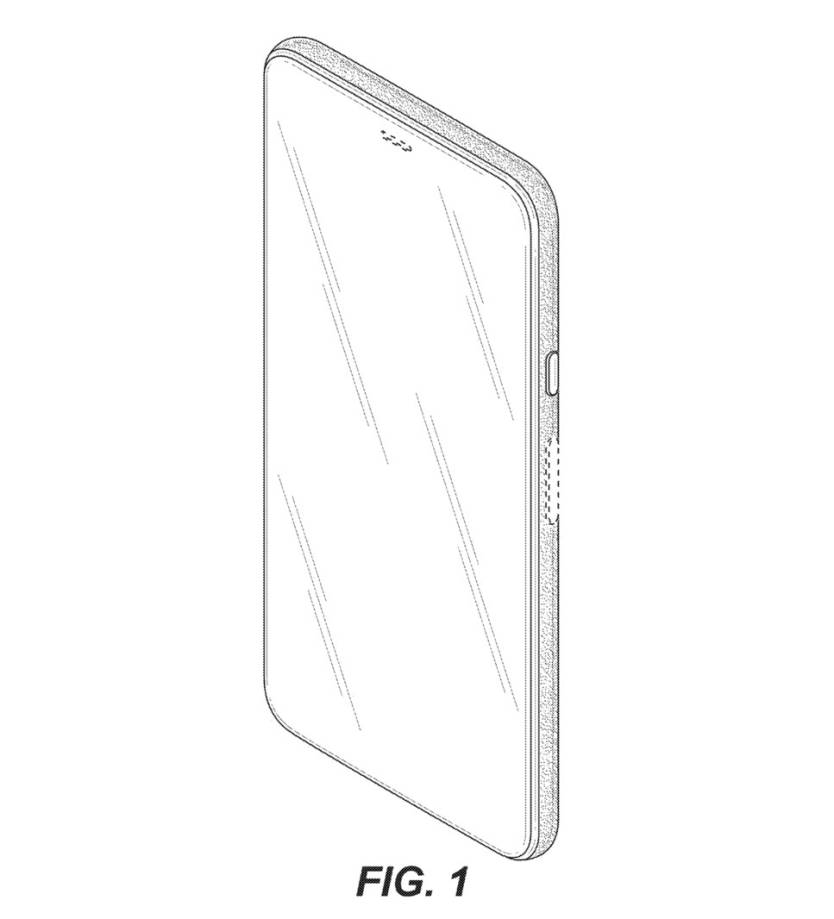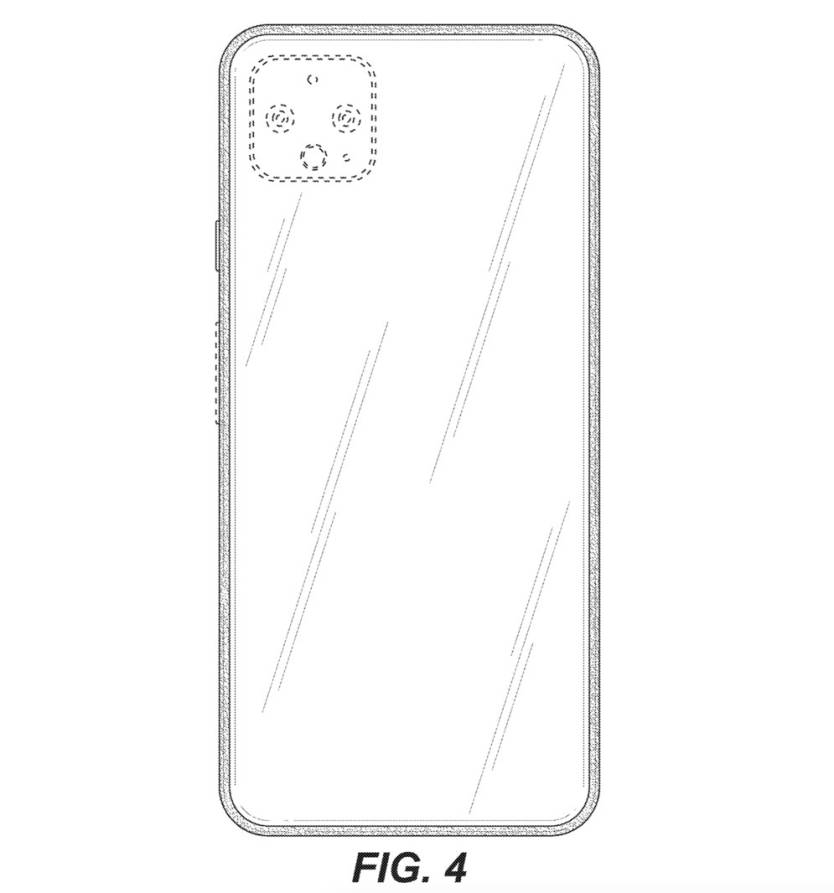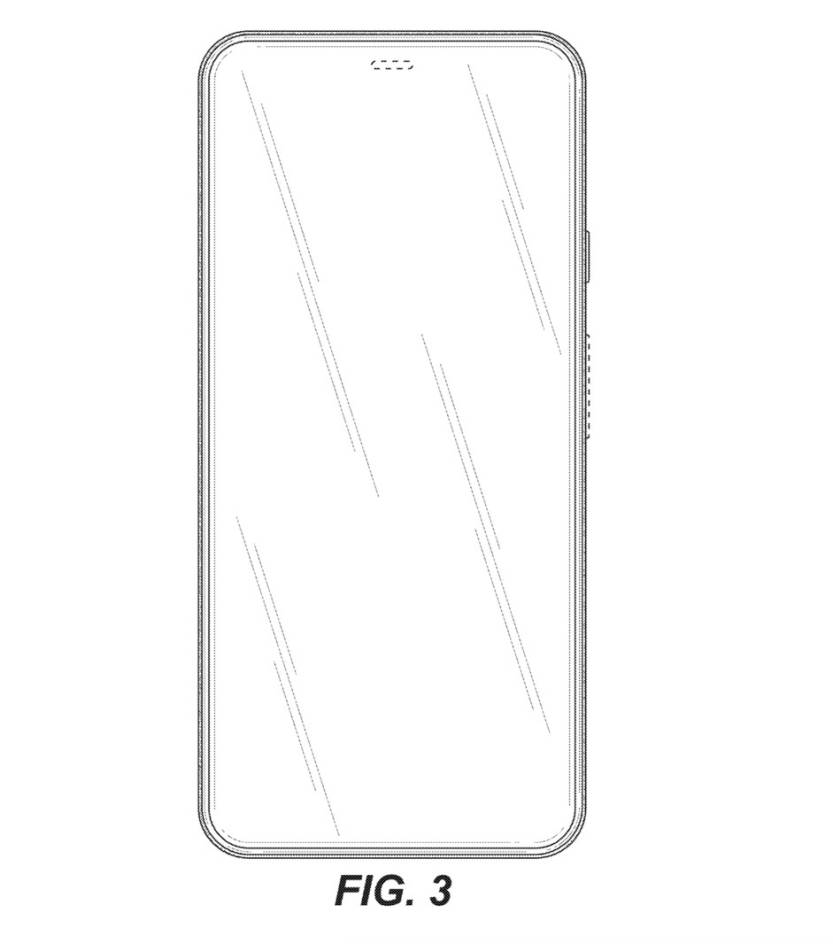- Google was just awarded a design patent that indicates a Pixel phone of the future could feature a design unseen on iPhone or Galaxy S handsets.
- Google might be working on under-display camera tech, like many other players in the industry. That should be an exciting prospect for iPhone users waiting for a similar design from Apple.
- What sets Google’s effort apart from others are the computational photography algorithms that turned the Pixel into one of the best camera phones on the market.
I’ve often explained why I’m unlikely to move from iPhone to Android. I’m too entrenched in the Apple ecosystem, and everything “just* works.” Yes, there will be hiccups here and there, but the iPhone-Mac combo is unbeatable. It’s not just the Apple hardware. It’s the hardware and Apple software of these products and the way they’re intertwined. Not to mention all the premium apps for iPhone and/or Mac that I’d have to leave behind. Add other elements to the mix if you’ve got them, like the Apple Watch, AirPods, iPad, and
With all that in mind, iPhone, iOS, Mac, and macOS can’t evolve and stay competitive without any pressure from Google and Microsoft. The better Android and Windows hardware, and the more polished and reliable Android and Windows 10 become, the better the Apple experience will have to get. That’s why I totally love this Pixel innovation and hope Google will find a way to make it happen by Pixel 6 or 7.
Google’s Pixel has never been the iPhone variant of the Android ecosystem. Google has been a fast follower in most cases, looking for inspiration from Cupertino. The iPhone design and features were adapted year after year, even though Google would first criticize them. The headphone jack removal and the multi-lens rear cameras are some examples. Sadly, the result wasn’t a phone as good as the iPhone. Google encountered either hardware or software issues with each Pixel generation or both. Some were fixable. Some led to class action suits settlements.
The Pixel 5 is a culmination of disappointments. Many praise the affordable price tag and high-end features, but the Pixel 5 isn’t the kind of phone it could have been. It’s not a flagship that can put any real pressure on Apple.
This brings us to the following images of a Pixel of Christmas future. They’re from a design patent that Google filed in mid-March 2019 with the USPTO. The agency just granted the patent to the Pixel maker in early December.

What the images show is a device that looks a lot like the current Pixel 5. It features an all-screen display, a much better screen design choice than the awful Pixel 4. On the back, we have a dual-lens camera system, but it’s not the rear panel that interests me.
Absent from the screen is a hole-punch camera. That’s the design Google used for the Pixel 5 and Pixel 4a this year. The implication seems to be that Google is already working on under-screen selfie camera technology. The design does show the top speaker and buttons’ placement, so it should definitely feature the hole-punch camera.
“Not a surprise,” smartphone fans will say, considering that all the major players in the business are developing one. In fact, ZTE is the first handset vendor to have launched a device with an under-screen camera. It’s not widely available, and it’s not a flagship, but it’s the world’s first.

The problem with cameras under the display is the quality of selfie photos and videos. Smartphone makers have to find a way for enough light to travel to the sensor through the display covering the camera. They need algorithms that can compensate for the issues they appear and ensure that the selfie experience isn’t sub-par. After all, selfies are still a thing.
You must have realized by now why this Pixel patent is exciting. If Google wants to launch a Pixel phone with a camera under the screen, then Google is also developing its own algorithms for this technology. And Google knows how to make computational photography work. The Pixel phones may have had various problems, but Google turned them into amazing cameras, rivaling and exceeding other Androids and the iPhone. The Night Sight mode was jaw-dropping and forced everyone else to come up with an answer.
Google could do the same thing with under-display camera algorithms and force everyone to adapt quickly. It’s not that companies, including Apple and Samsung, aren’t looking at the same technology. But it’s one thing to have only a ZTE phone and Xiaomi and Oppo concepts featuring the tech. It’s quite another to have Google launch a Pixel 6 or 7 with an under-screen camera.

That said, there’s no guarantee Google will actually be more successful than its rivals or that it’ll launch a Pixel phone with a perfect all-screen design this year. Still, the fact it filed the patent last year shows it’s studying the technology.
Apple is expected to keep the iPhone notch in place for at least a year. Placing the camera under the screen is one thing. Doing the same thing with Face ID is quite another. But Apple is certainly looking to offer buyers the same perfect all-screen iPhone. We’ve seen plenty of Apple patents and rumors over the years to support that.







